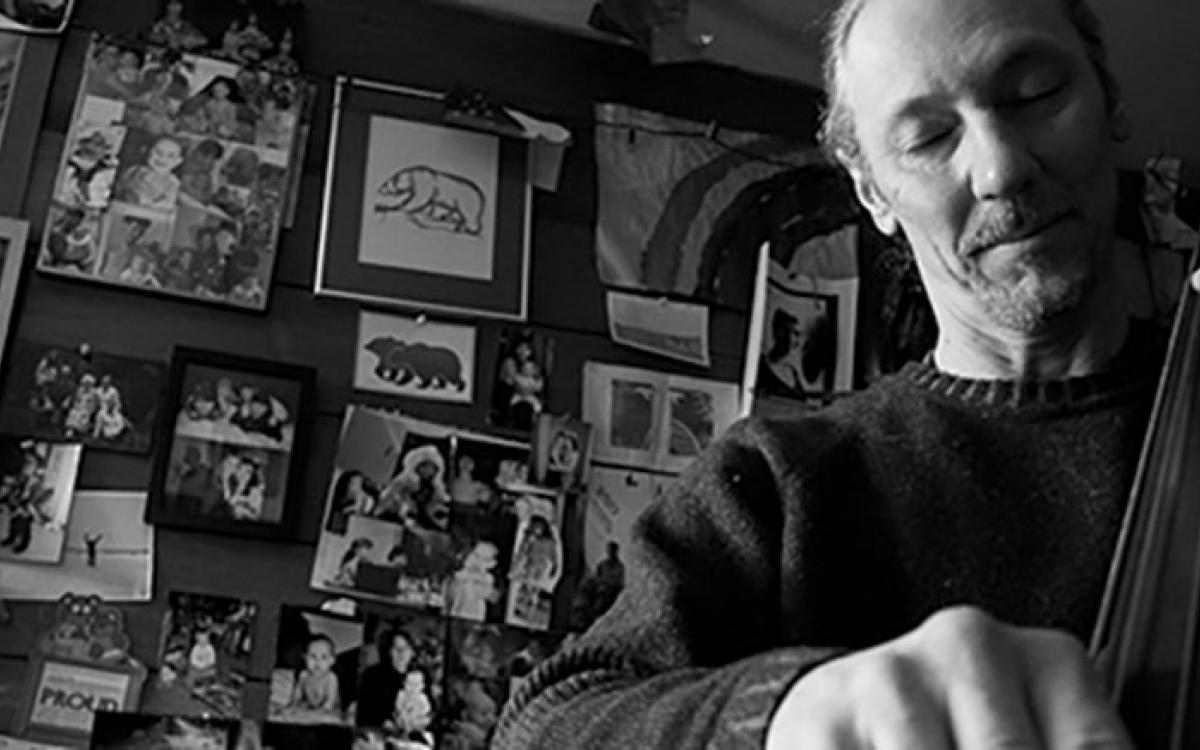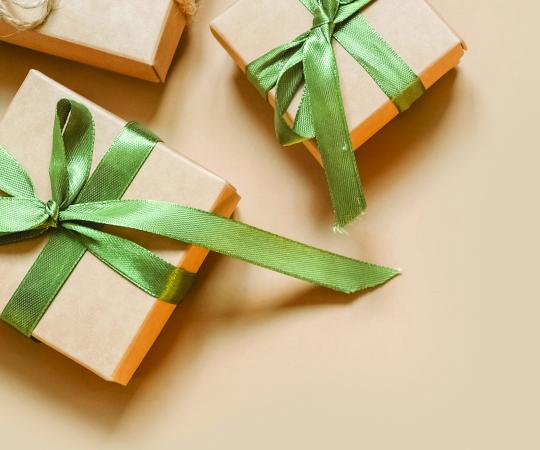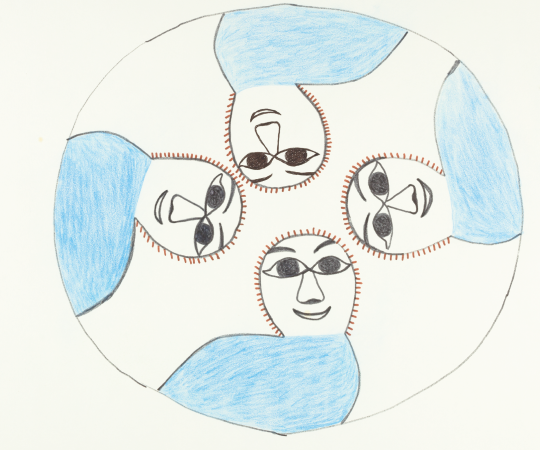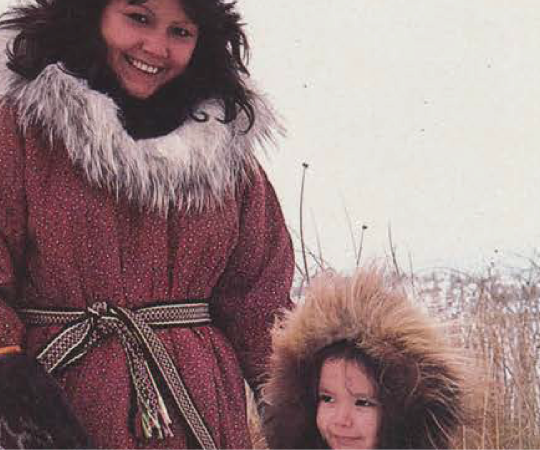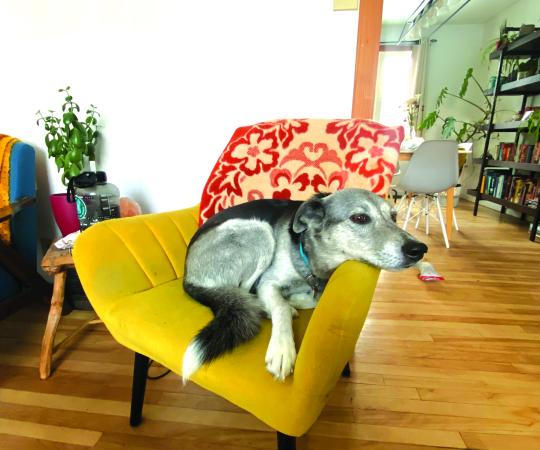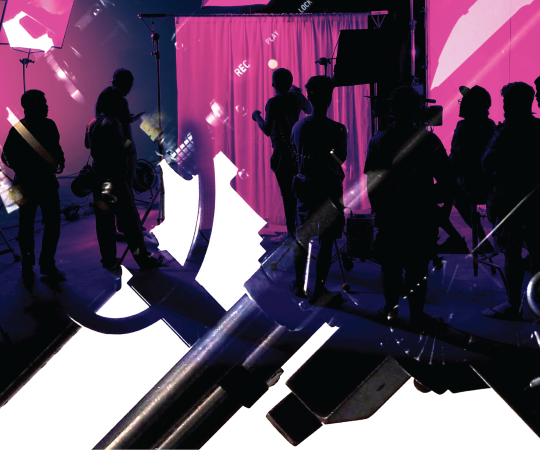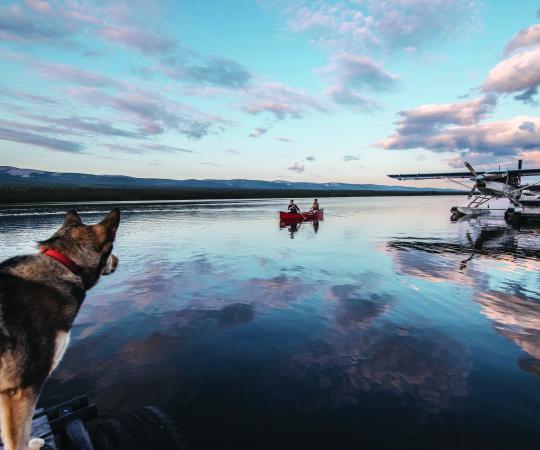Pat Braden remembers Yellowknife as a small town when his family moved there in 1964. But just a few years later, it became a capital city and with its gold mines in full swing, and scores of new people arriving by the day to work in government or for industry, change was inevitable. The city’s bars and clubs had to adapt.
“A lot of these miners and workers came from across the world,” says Braden. “It was nuts, this cultural mix happening here. Money was everywhere. There were a lot of young people up here and they needed to be entertained and watered, so to speak.” The city’s bars hired both homegrown and southern bands to put on live music six nights a week, offering young, local musicians a smorgasbord of styles and inspiration, Braden says.

“For 10 years or so, there was this influx of musicians rotating in for two or three weeks at a time. You could go out any night of the week,” says Braden, who was 15 at the time and learning bass guitar. Though he was underage, he’d tour the bars to soak up the new music, starting at The Gallery, then moving on to The Gold Range, followed by The Trapline and ending the night at a cabaret called The Snowshoe Lounge. “Summertime was particularly good because back doors were always open to let a breeze through. No one was concerned about over-capacity so you could just sneak in.”
Braden, today an accomplished and versatile bass player, went on to play with many of the musicians he watched as a teenager. Now, he’s interviewing them for an oral history project, Musicians of the Midnight Sun, which recounts the music scene of the Northwest Territories from the birth of rock ’n’ roll in the 1950s onward. “I wanted to document that time because of the transitions happening up here politically,” he says. “It was a time of change.”

The Indian Brotherhood of the Northwest Territories (known today as the Dene Nation) was organizing and asserting Indigenous rights and the Berger Inquiry into the Mackenzie Valley Pipeline energized an emerging environmental movement, while the unrest over the Vietnam War raged across the continent. This cultural dynamic seeped into the local music of songwriters like Ted Wesley, Bob Ruzicka, and Wilf Bean, who collaborated on songs like ‘James Bay Hydro-Electric Power Play’ and ‘Pipeline Promises.’
Together, Braden’s profiles serve as a music genealogy of the NWT. They reveal personal stories while also telling a history of the territory. You learn how Hudson’s Bay Company trading posts were places to buy guitar strings and records. You discover how musicians in small towns had to share a communal fiddle and guitar. There were police raids at speakeasies in Yellowknife’s Old Town. Braden relates a story from Tony Buggins, of Native Cousins, who describes the makeshift venues for fiddle dances in Fort Resolution before the road and powerlines connected it to the rest of the territory. “They didn’t have a community hall or anything like that so they’d go into somebody’s house who agreed to it and take out all the furniture so they had a dance floor and they’d whoop it up until the early morning. The next day a crew would come put the house back together.”

The project is born from Braden’s passion for music and history, and his lament for what was lost when two of his friends, fiddlers Kole Crook and Herb Lafferty, died well before their time. About 15 years ago, he decided to start interviewing NWT musicians. “I wanted to make a point of celebrating the musicians who were my predecessors, who mentored me, who created opportunities for me,” he says. These included a former music teacher and many past bandmates. “These people are still here. You walk past them in the coffee shop. They still play.”
Braden’s sense of urgency is justified. He interviewed his mentor Archie Loutitt, from the band Northbound Freeway, before he died in September 2018. Then in January, musician and filmmaker Alex Czarnecki died. He was one of the first people Braden spoke to for this project.
Braden continues to add to the profiles as he comes across more pictures and old recordings and video. The full audio and transcriptions of his interviews are publically accessible at his website, musiciansofthemidnightsun.com. He hopes to have people in the Yukon and Nunavut take on similar projects for a more comprehensive picture of the North’s musical history. Braden partnered with CBC North to broadcast interview excerpts. The segment returns this spring with new profiles.

Wally Firth
Fiddle player from Fort McPherson
“Charlie Peter Charlie, he was the main fiddler in Old Crow. He and Paul [Ben Kassi] were getting ready for the New Year’s dance and they’re trying to put a fiddle together, ‘Oh my goodness we don’t have enough strings.’ It was a visitor, this guy from down south somewhere, he said, ‘Do you have a lynx carcass?’ ‘Yeah there’s one out there somewhere.’ ‘Go bring in that lynx carcass.’ They brought it in overnight, thawed it out. The guy opened it up and pulled the guts out of the thing. The next thing you know, he had some gut strings. He made gut strings for the fiddle but the bow didn’t have any horsehair. ‘How am I going to fix that?’ He got some fishing line and he used some fishing line to make a bow. Strings from a lynx and fishing line and that’s all they had to put it together for the New Year’s dance.”
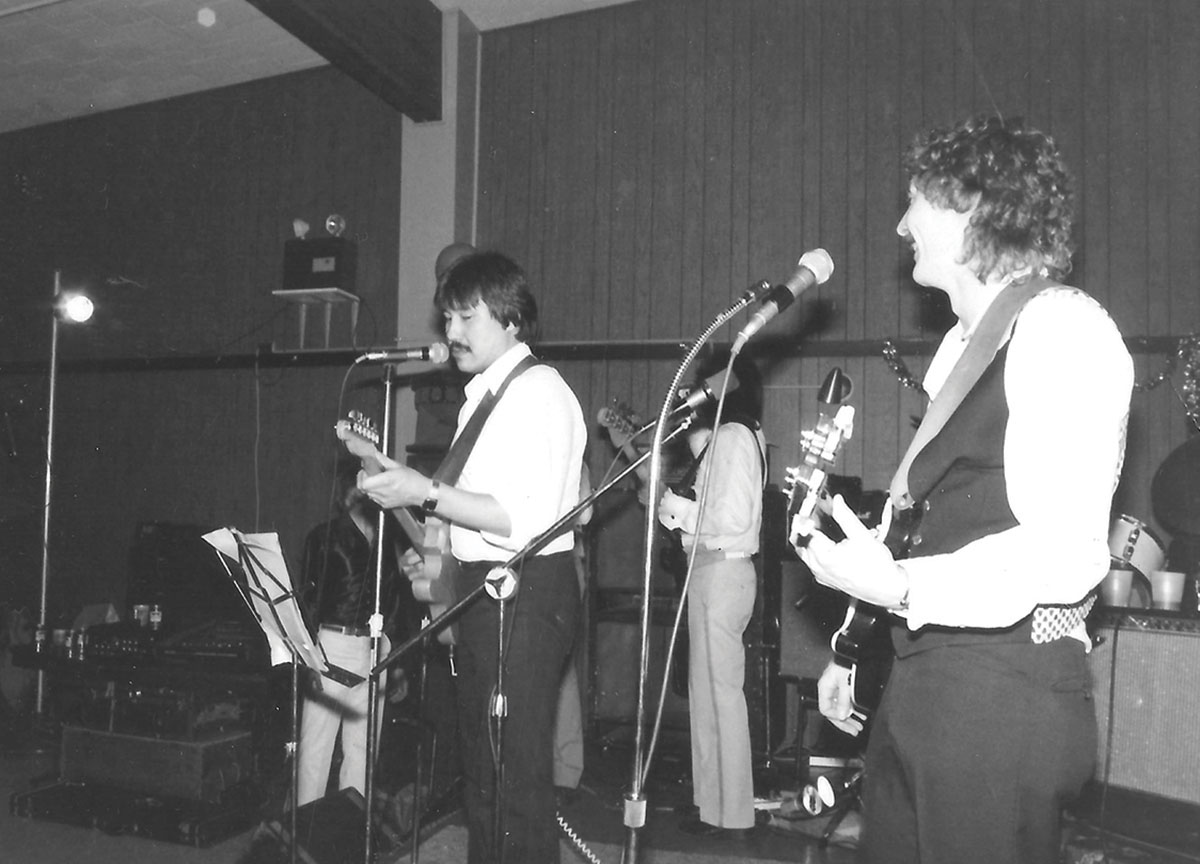
Louie Goose
Guitar player in The Mackenzie Delta Band, from Inuvik
“My first guitar, I called it the $15 guitar or sometimes I’d call it the bootleg guitar. The reason I called it that was in those days … a bootleg bottle in the Mackenzie Delta … back then it was 15 bucks … Anyways, this friend comes around and really needed to buy a bottle, and so my father gave him $15. The guy, Kevin, says, ‘Okay, it’s only for 30 days. I’ll be back. I’m getting my cheque,’ whatever. Well, six months later, [he] never showed up, so that’s how I got my first guitar. It was a Roy Smeck Harmony guitar. Just beautiful. It was black and the rims on it ... It must have been built for parties because the rim had an aluminum rim around it. It was a great guitar and then my next guitar was another Harmony but it was a jumbo dreadnought guitar and I played with that for probably about 10 years. I was just a three-piece band. I wanted to sound like a big band, so I would put two pickups in it—put one pickup to another amp and I would set it in a different tone and then the other pickup was my lead tone. The head broke off it at least three times and I would glue it back on. That was a great guitar.”

